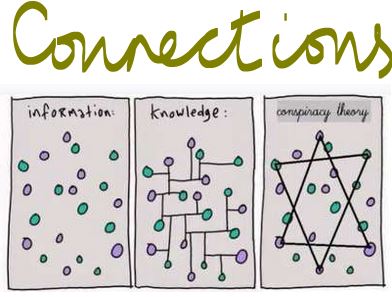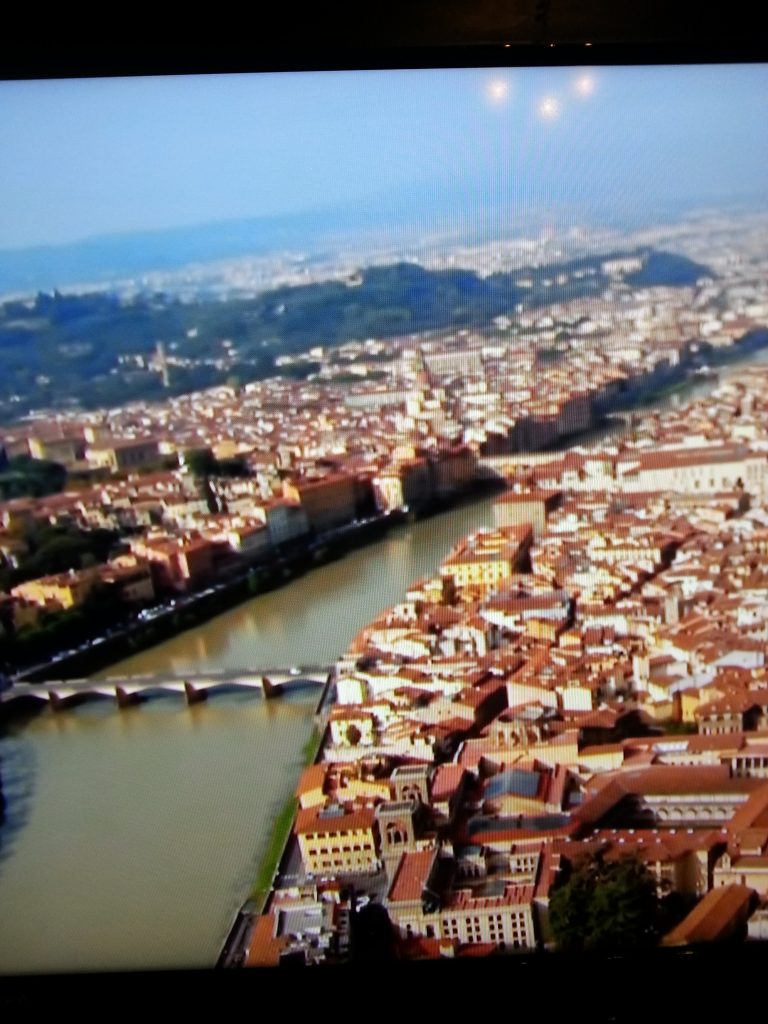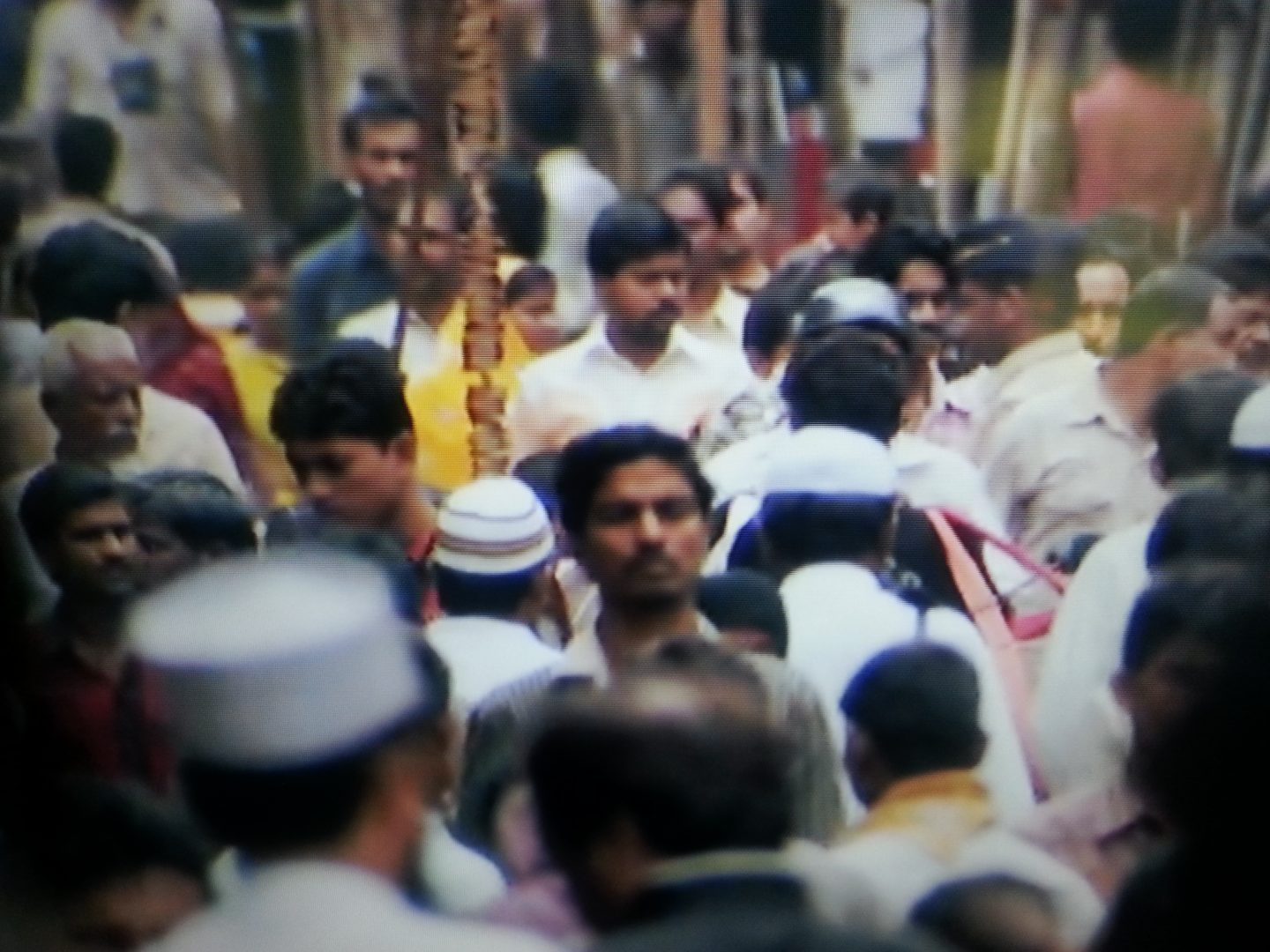‘So, tell me before I set off, what goes with what?’

I was putting out a few plates of food for people about to arrive and an old friend came into the kitchen and asked the question.
Most of the food was Indian, and he wanted to know what should be put next to another particular dish, and what dish would stand on its own.
‘How do these dishes relate with one another ?’ is the question he was asking.
Until we know how one thing connects to another, we are really unable to slot information into categories and put them somewhere useful, where it can be found next to the most relevant thing, related to it.
These slotted information segments stay in most effectively, if we hear them in the form of a story.
We had a good party.
How do we distinguish between data points, knowledge and conspiracy theories?

So, let us ask what matters in this picture. Someone has drawn a few dots on a piece of paper to illustrate data points, and connected that together to show how these connections make them into knowledge.
Actually, this is a bad analogy, if it is arbitrary – it has to contain all the information, and make it internally consistent, unless we want to selectively choose which data points are important and connect them to suit our worst fears – that would make a conspiracy theory.
It is the experience of related things which make usable pictures in our minds.
Wisdom has the most connected of brain patterns – left brain and right brain working in harmony – lots of paths between the two hemispheres.
How does this relate to paying attention?
In all of this, collecting and mapping data points, connecting them to each other consistently, and making a coherent picture, where does ‘paying attention’ sit?

Paying attention happened before the very existence of the page – it yielded the idea. The decision to capture that data, to look for patterns, the finding of another piece of paper to depict the next stage – all of it was deliberate. Like a city layout is deliberate, though its riverside location is always based on the need for water.
Every dot was a result of someone paying attention, noticing something real in the world, and making a note of it. Without that resource, noticing that these things seem to be connected, and the will to make this piece of communication, this whole series of dots, connected or otherwise, wouldn’t be here on this page. This page sits on the shoulders of others who paid attention.
That is why people don’t find it easy to teach each other about paying attention – because it is the invisible bit. It is the very occurrence of the idea – then an individual’s moving the muscles to make this picture of three sections.
How can you teach that? Well, first and foremost, by noticing it in yourself. Letting it’s significance and reach churn around in the head and sink in.
A social indicator for paying attention to the person with whom you are interacting
And the first indicator of whether you yourself are paying attention to the person in front of you, be that your child, your team or your customer, is the shine in the eyes of the person – their level of interest.
The question Benjamin Zander asks of himself, in his TED talk about music, if that shine is missing (at 18 minutes onwards, for a couple of minutes) is ‘Who am I being, that their eyes are not shining?’ Here it is; the whole thing was rather a special experience, I thought.
Start with yourself. I only say this, because before I could write this, I had to change what I was doing. 🙂
Learn it first, practise it, and then we can talk about teaching it.

I love this article, Sreela, because it illustrates what, for me, is so magical about teaching: seeing another person’s eyes light up and shine! You also make some really interesting points about attention and how it influences you and others.